Home>Gardening & Outdoor>Landscaping Ideas>When To Water Your Grass
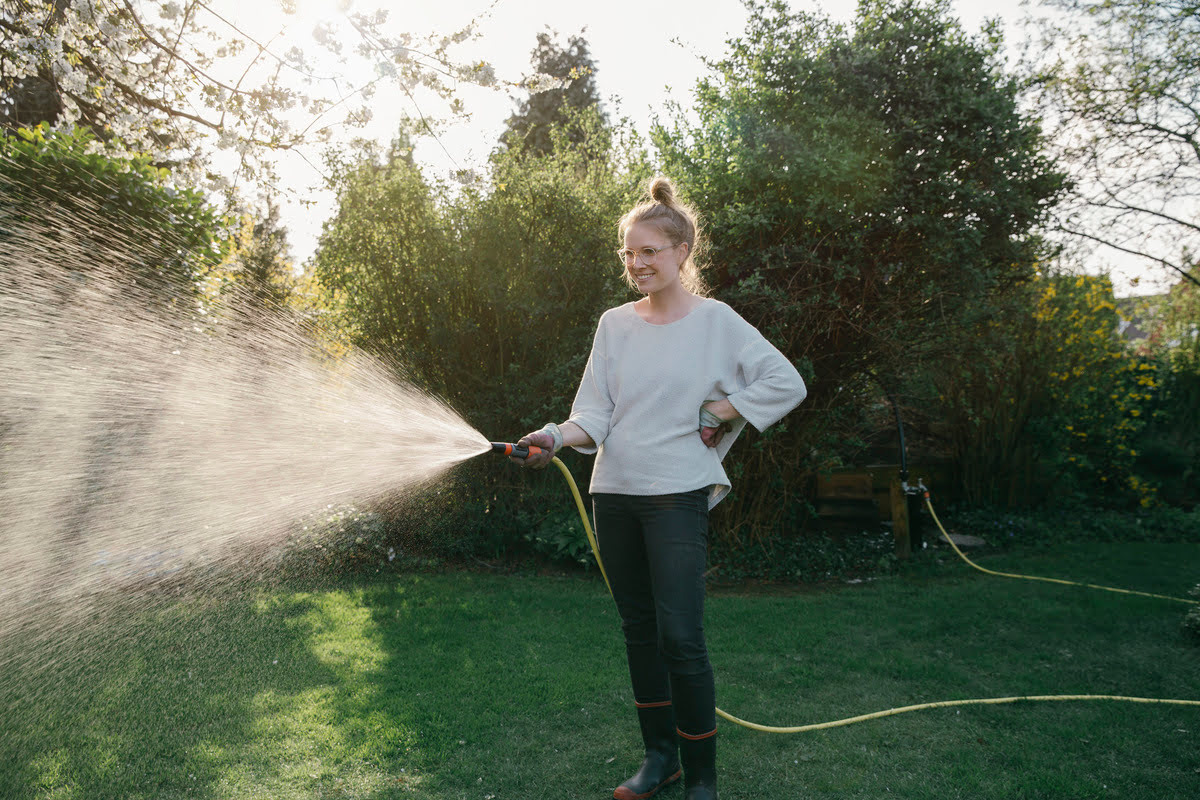

Landscaping Ideas
When To Water Your Grass
Modified: March 2, 2024
Learn the best watering schedule for your grass with our expert landscaping ideas. Keep your lawn healthy and green with proper watering techniques.
(Many of the links in this article redirect to a specific reviewed product. Your purchase of these products through affiliate links helps to generate commission for Storables.com, at no extra cost. Learn more)
Introduction
Welcome to the world of landscaping, where lush, green lawns are the envy of the neighborhood. Achieving and maintaining a healthy, vibrant lawn requires knowledge, dedication, and a little bit of finesse. One of the most crucial aspects of lawn care is ensuring that your grass receives the right amount of water at the right times. In this comprehensive guide, we will explore the art and science of watering your grass, covering everything from recognizing the signs that your grass is thirsty to the best techniques for watering different types of grass. By the end of this article, you’ll be equipped with the knowledge to keep your lawn looking its best throughout the year.
Key Takeaways:
- Keep an eye out for signs that your grass needs water, like a change in color, wilting, or dry soil. Addressing these signs proactively can prevent damage and promote healthy growth.
- Water your grass in the morning before 10:00 AM to maximize absorption and minimize evaporation. Tailor your watering techniques to your grass type for optimal health and water conservation.
Read more: When To Water Zoysia Grass
Signs Your Grass Needs Water
Just like any living organism, grass communicates its needs, albeit in a more subtle manner. Understanding the signs that your grass needs water is essential for maintaining a healthy lawn. Here are some common indicators that your grass is thirsty:
- Change in Color: When the blades of your grass start to lose their vibrant green color and take on a dull, bluish hue, it’s a clear sign that they need water.
- Footprints Remain: If you notice that your footprints or imprints from lawn furniture remain visible on the grass long after they were made, it indicates that the grass lacks the necessary moisture to bounce back.
- Wilting and Curling: Grass that is in need of water may start to wilt, with the blades curling inwards as a survival mechanism to conserve moisture.
- Thinning of the Lawn: As the soil dries out, the grass may begin to thin, with noticeable gaps and patches appearing in the lawn.
- Soil Dryness: A simple soil check can also reveal whether your grass needs water. Dry, crumbly soil that pulls away from the grass roots indicates insufficient moisture.
By paying attention to these signs, you can proactively address your grass’s water needs and prevent potential damage or stress to your lawn. In the next section, we’ll delve into the best time of day to water your grass to ensure maximum effectiveness.
Best Time of Day to Water Your Grass
Timing is everything when it comes to watering your grass. Choosing the right time of day not only ensures that your lawn receives the optimal amount of moisture, but it also helps prevent water loss due to evaporation. The ideal time to water your grass is in the early morning, preferably before 10:00 AM. Here’s why:
- Minimizing Evaporation: Watering in the morning allows the grass to absorb moisture before the sun’s intensity increases, reducing the risk of evaporation and ensuring that the water reaches the roots where it’s needed most.
- Avoiding Fungal Growth: Watering in the morning gives the grass blades a chance to dry out during the day, minimizing the risk of fungal diseases that thrive in damp, cool conditions, such as those created by overnight watering.
- Optimizing Absorption: Cooler morning temperatures and calmer winds create optimal conditions for water absorption, allowing the grass roots to take in the moisture more effectively.
Conversely, watering in the evening or at night can lead to prolonged moisture on the grass, increasing the risk of fungal diseases and creating an environment conducive to pests. While watering during the day may seem practical, the heat and sun can result in significant water loss through evaporation, making it less efficient.
By adhering to the recommended morning watering schedule, you can ensure that your grass receives the maximum benefit from each watering session, promoting healthier and more resilient growth. In the next section, we’ll explore the amount of water your grass needs to thrive.
Water your grass in the early morning to reduce evaporation and allow the grass to dry before nightfall, which can help prevent disease. Avoid watering in the heat of the day to minimize water loss through evaporation.
How Much Water Your Grass Needs
Understanding the water requirements of your grass is essential for maintaining a thriving lawn while conserving water resources. The amount of water your grass needs can vary based on factors such as the grass species, soil type, and climate. As a general guideline, most lawns benefit from receiving around 1 to 1.5 inches of water per week, including rainfall. Here are some key considerations to determine the optimal watering amount:
- Grass Type: Different grass species have varying water needs. For example, cool-season grasses like Kentucky bluegrass and fescue may require more frequent watering during hot, dry periods, while warm-season grasses like Bermuda grass and Zoysia grass have higher drought tolerance.
- Soil Type: The composition of your soil influences its water retention capacity. Sandy soils drain more quickly and may necessitate more frequent watering, while clay soils retain moisture for longer periods, requiring less frequent watering sessions.
- Climate and Weather Conditions: Factors such as temperature, humidity, and rainfall patterns impact the water requirements of your lawn. During periods of high heat and drought, you may need to adjust your watering schedule to accommodate the grass’s increased needs.
One effective method to gauge the amount of water your lawn receives is to use a rain gauge or a collection of empty tuna cans placed across the lawn. These containers can help measure the depth of water received during each watering session, allowing you to adjust the duration and frequency of watering as needed.
It’s important to prioritize deep, infrequent watering over shallow, frequent watering. Deep watering encourages the development of robust root systems as the grass roots grow deeper in search of moisture, making the lawn more resilient to drought conditions. In the next section, we’ll explore specific watering techniques tailored to different types of grass, ensuring that your lawn receives the care it deserves.
Watering Techniques for Different Types of Grass
When it comes to watering your lawn, employing the right techniques for the specific type of grass you have can make a significant difference in its overall health and appearance. Different grass species have unique characteristics and water requirements, and tailoring your watering approach to suit these differences can yield optimal results. Here are some watering techniques tailored to different types of grass:
- Cool-Season Grasses: Varieties such as Kentucky bluegrass, fescue, and ryegrass thrive with deep, infrequent watering. Aim to provide around 1 to 1.5 inches of water per week, either through rainfall or irrigation. Water deeply to encourage deep root growth and water early in the morning to minimize evaporation.
- Warm-Season Grasses: Grasses like Bermuda grass, Zoysia grass, and St. Augustine grass are more drought-tolerant and benefit from deep, less frequent watering. During hot, dry periods, these grasses may require around 1 inch of water every 7 to 10 days. Adjust the watering frequency based on the specific needs of your lawn and the prevailing weather conditions.
- Drought-Resistant Grasses: If you have a lawn with drought-resistant grass varieties such as Buffalo grass or fine fescue, these species have lower water requirements and can thrive with minimal irrigation. However, during prolonged drought, providing around 1 inch of water every 2 to 3 weeks can help maintain their vitality.
Regardless of the grass type, it’s crucial to observe the moisture level of the soil and adjust your watering schedule based on the specific needs of your lawn. Avoid overwatering, as it can lead to shallow root growth, increased susceptibility to diseases, and water wastage. By adopting targeted watering techniques suitable for your grass variety, you can promote healthy growth and resilience in your lawn.
As you become familiar with the unique characteristics of your grass and its water requirements, you’ll be better equipped to provide the precise care it needs to flourish. In the following section, we’ll conclude our exploration of watering your grass with a summary of the key points covered in this guide.
Read more: When To Water Grass In Florida
Conclusion
Watering your grass is a fundamental aspect of lawn care, and by understanding the signs that your grass needs water, the best time of day to water, the optimal amount of water, and the tailored techniques for different grass types, you can ensure that your lawn remains healthy, vibrant, and resilient throughout the year.
By recognizing the signs of dehydration in your grass, such as changes in color, wilting, and soil dryness, you can proactively address its water needs, preventing potential damage and promoting lush growth. Additionally, adhering to the recommended morning watering schedule allows your grass to benefit from optimal water absorption while minimizing the risk of fungal diseases and water loss through evaporation.
Understanding the water requirements of your grass based on factors such as grass type, soil composition, and climate empowers you to provide the right amount of water, promoting deep root growth and drought resilience. Tailoring your watering techniques to suit the specific needs of your grass, whether it’s a cool-season, warm-season, or drought-resistant variety, allows you to optimize the health and vitality of your lawn while conserving water resources.
As you continue to nurture your lawn and observe its response to your watering practices, you’ll develop a deeper understanding of its unique needs, allowing you to refine your approach for maximum effectiveness. By implementing the insights and techniques outlined in this guide, you can take proactive steps to ensure that your grass receives the care it deserves, resulting in a lush, thriving lawn that enhances the beauty of your outdoor space.
With a combination of knowledge, attentiveness, and a touch of finesse, you can become a steward of a healthy, vibrant lawn that becomes the pride of your neighborhood.
Frequently Asked Questions about When To Water Your Grass
Was this page helpful?
At Storables.com, we guarantee accurate and reliable information. Our content, validated by Expert Board Contributors, is crafted following stringent Editorial Policies. We're committed to providing you with well-researched, expert-backed insights for all your informational needs.
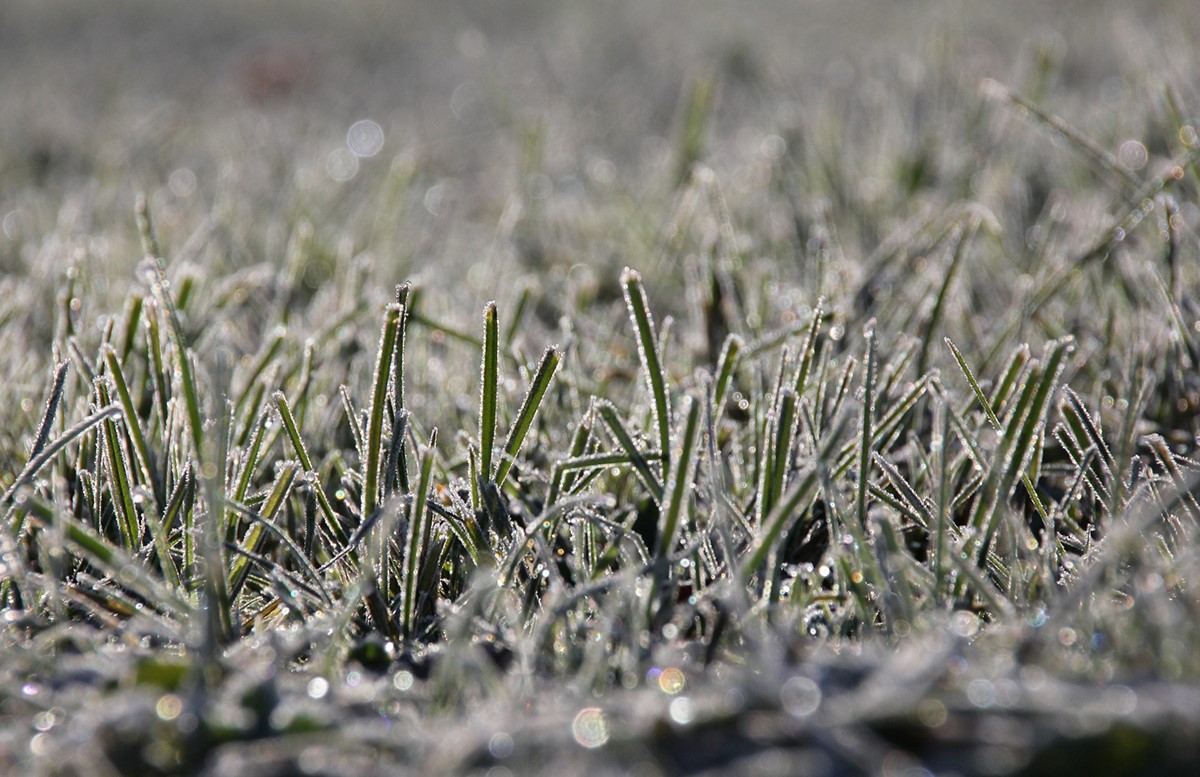
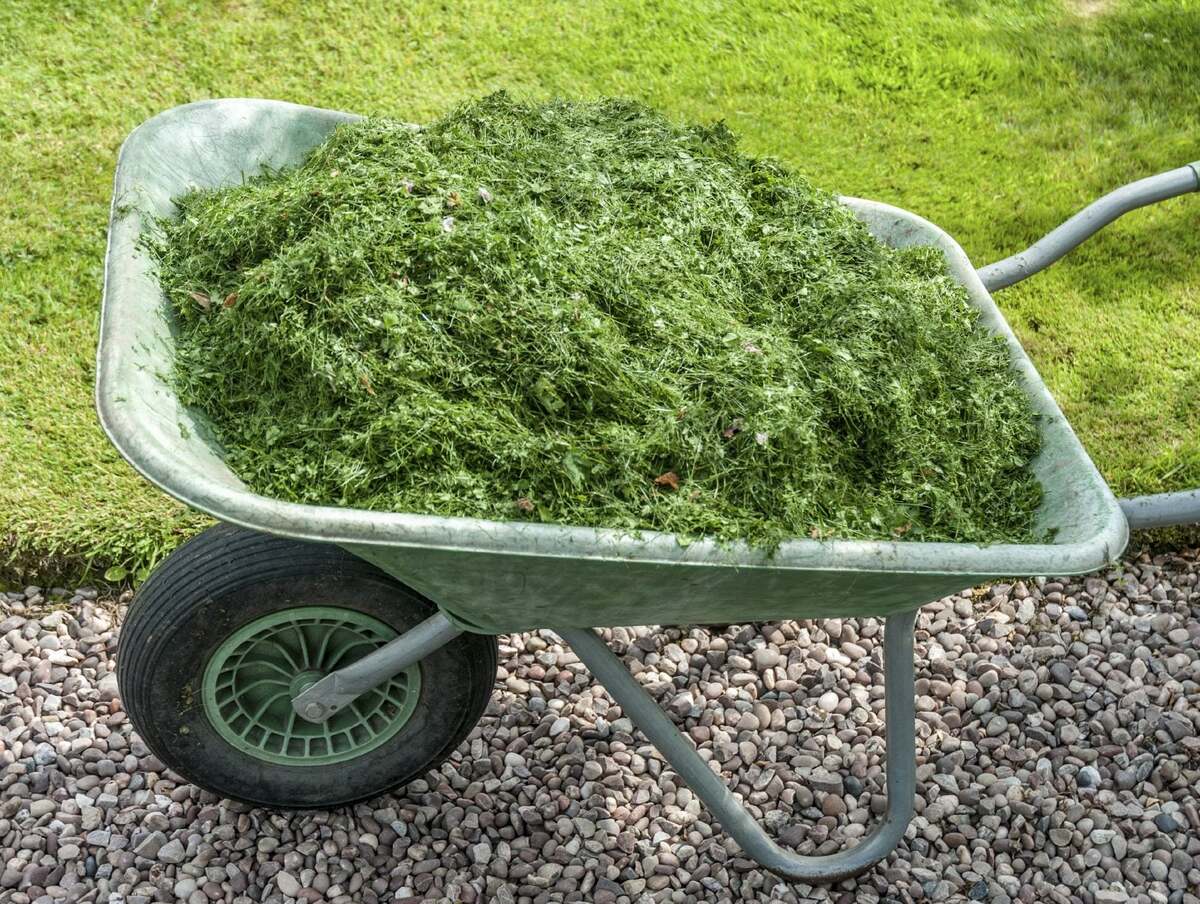
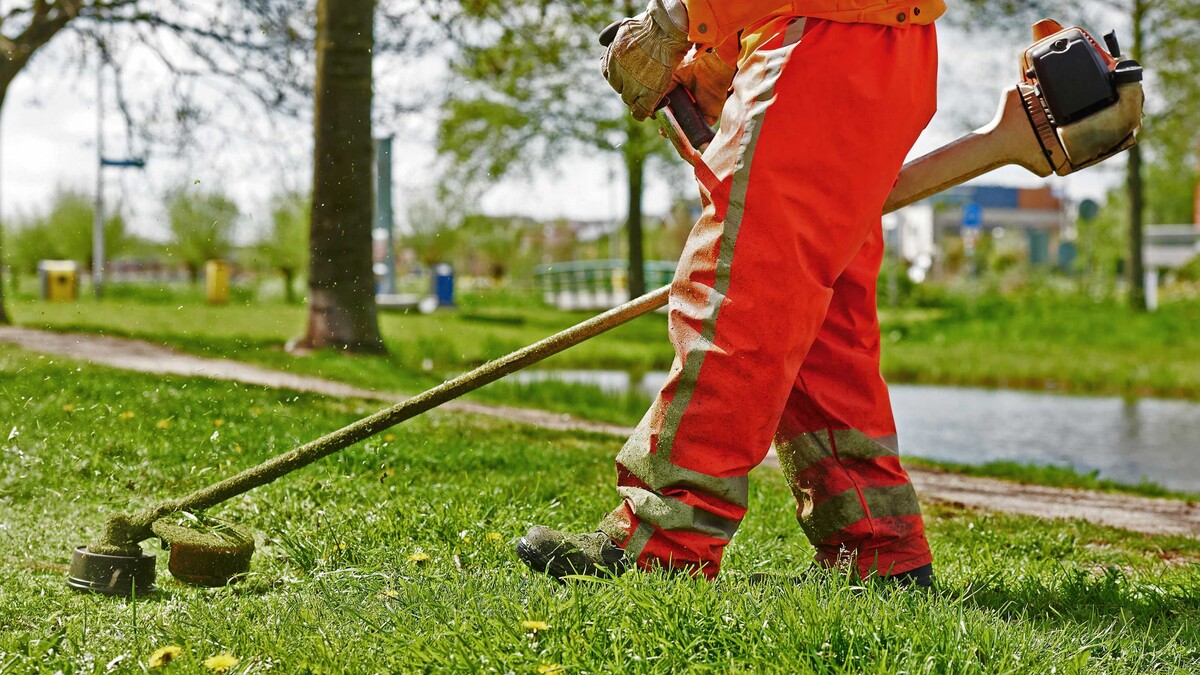
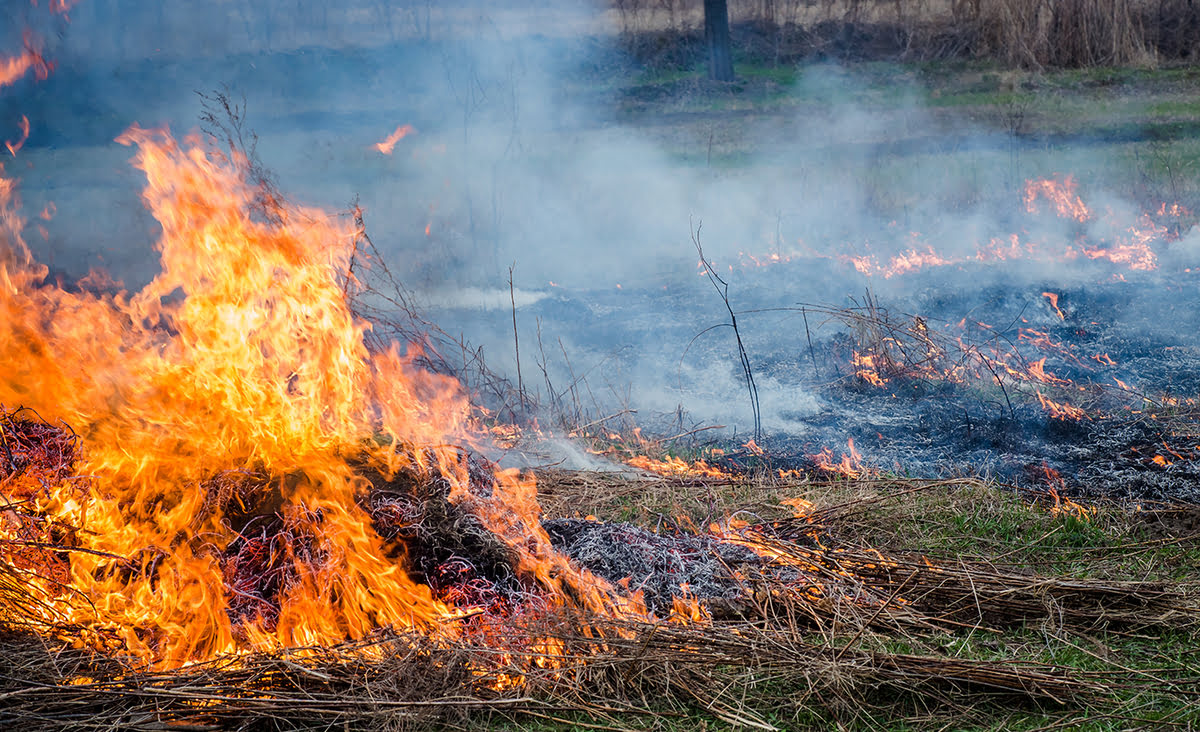
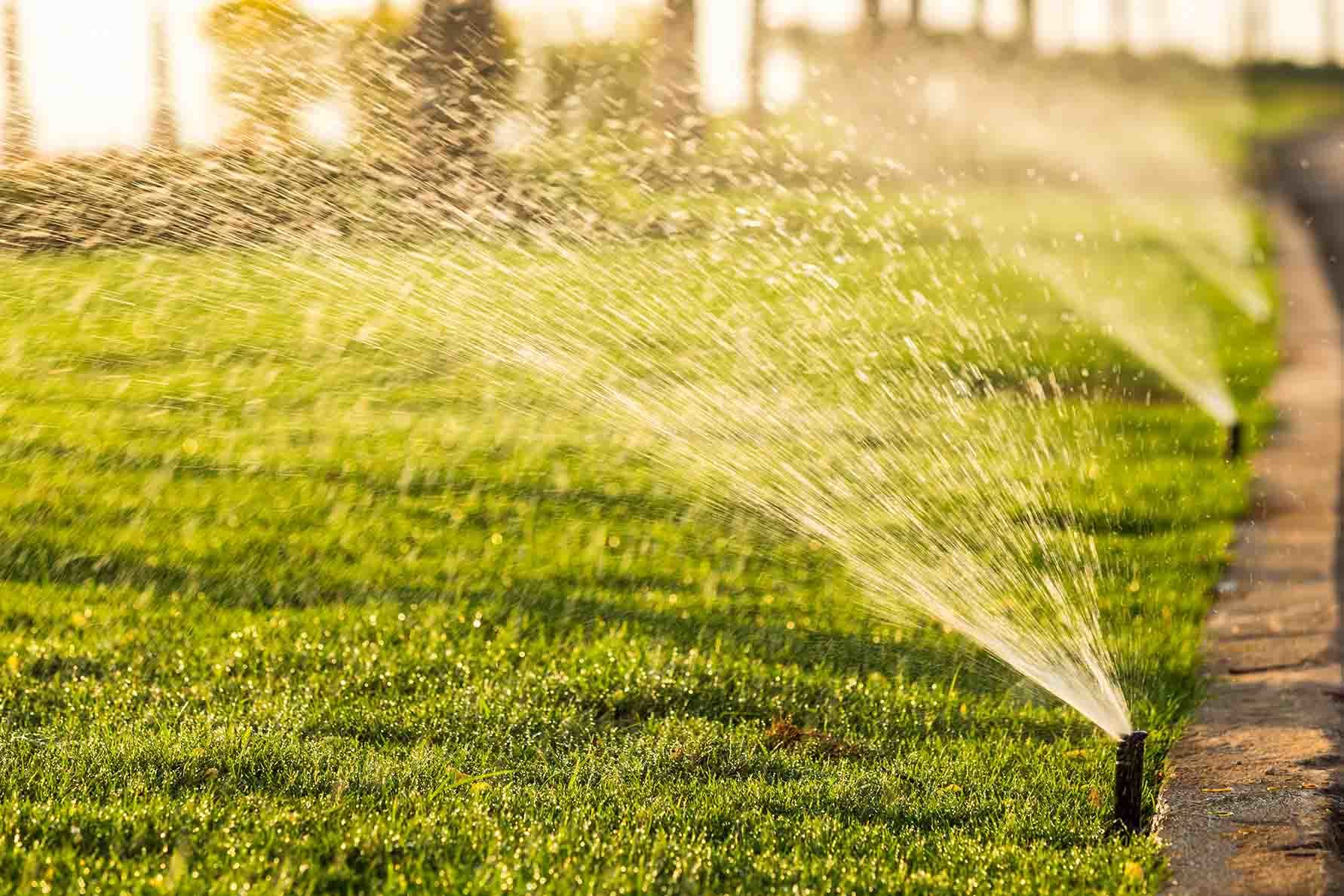
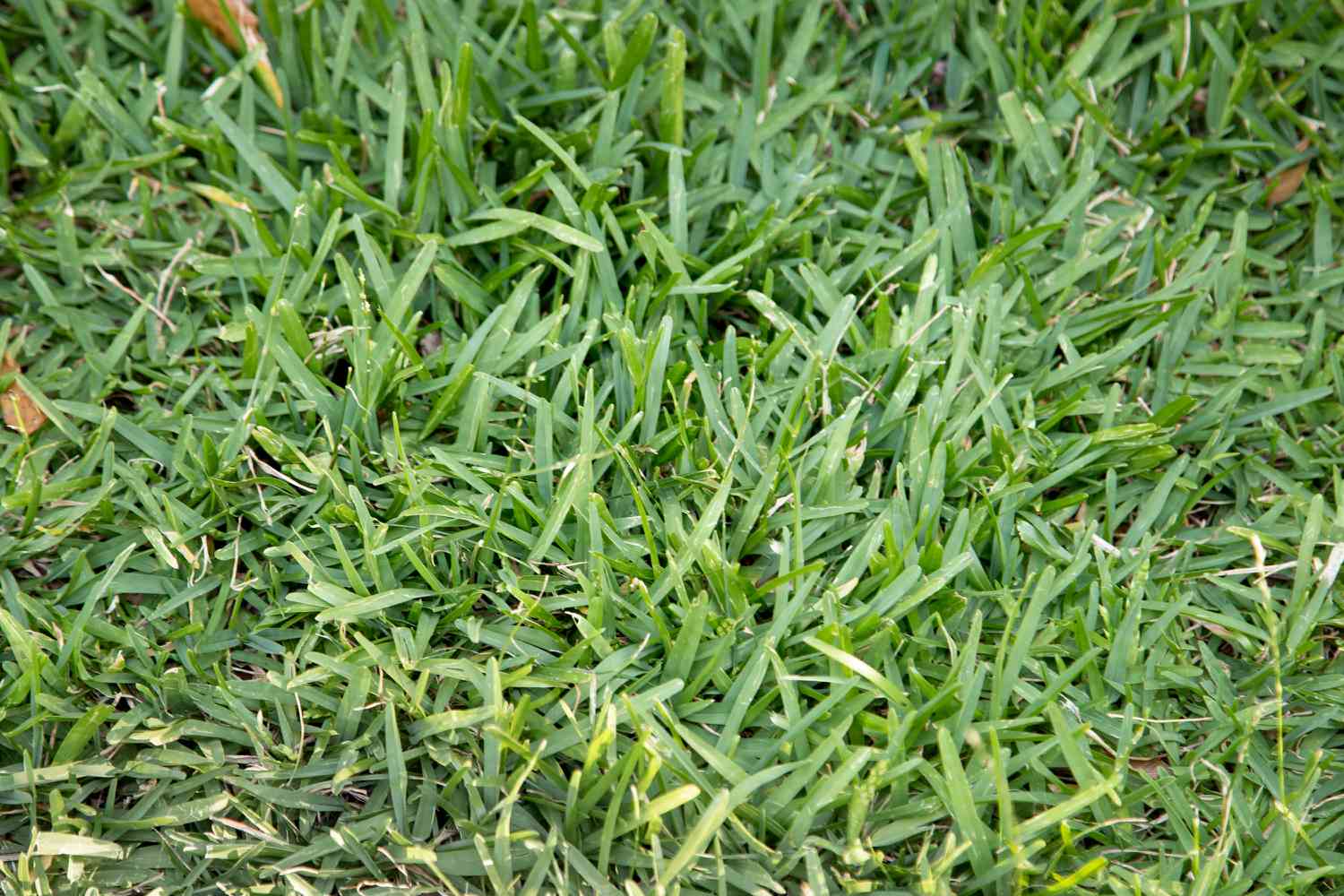
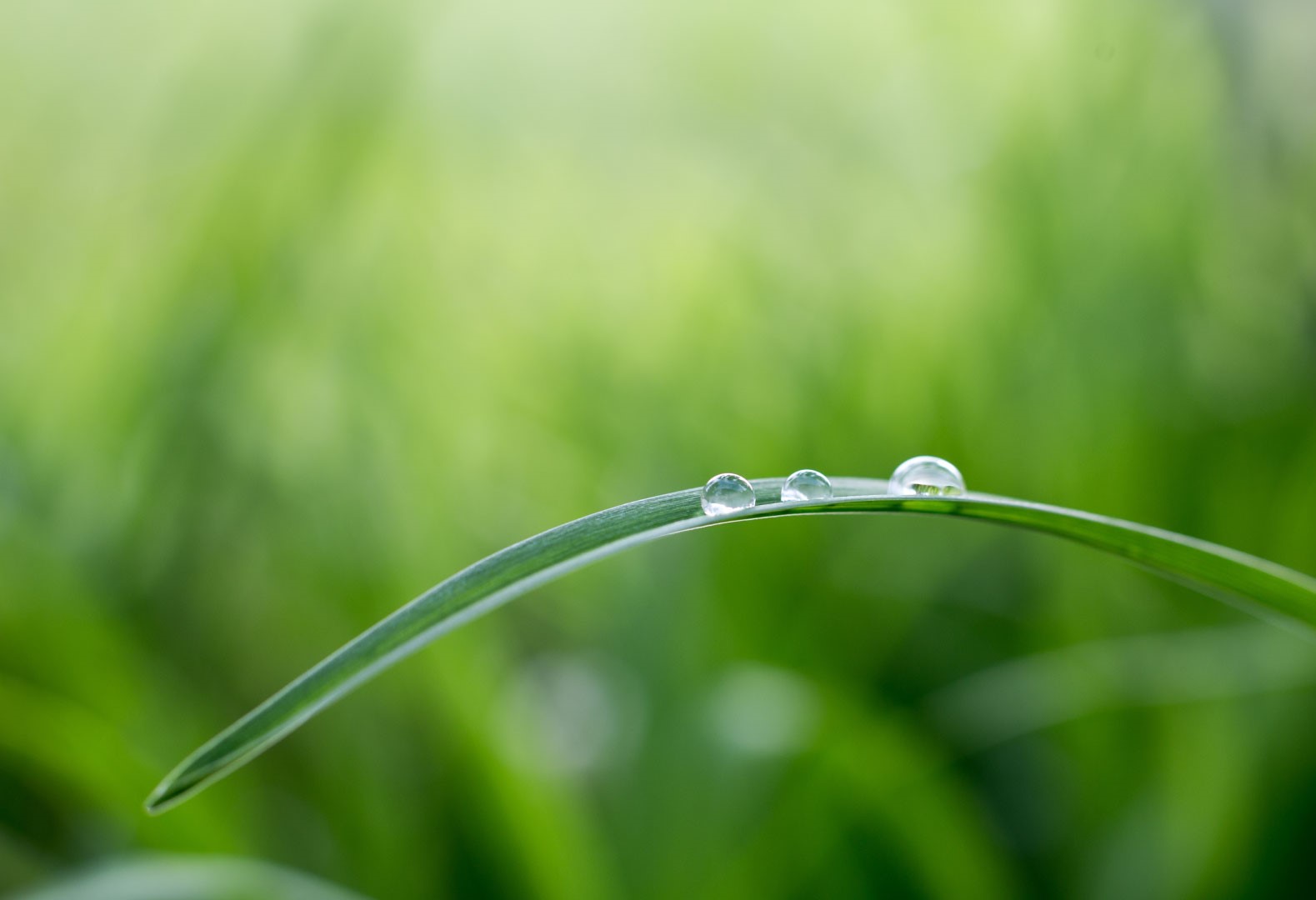
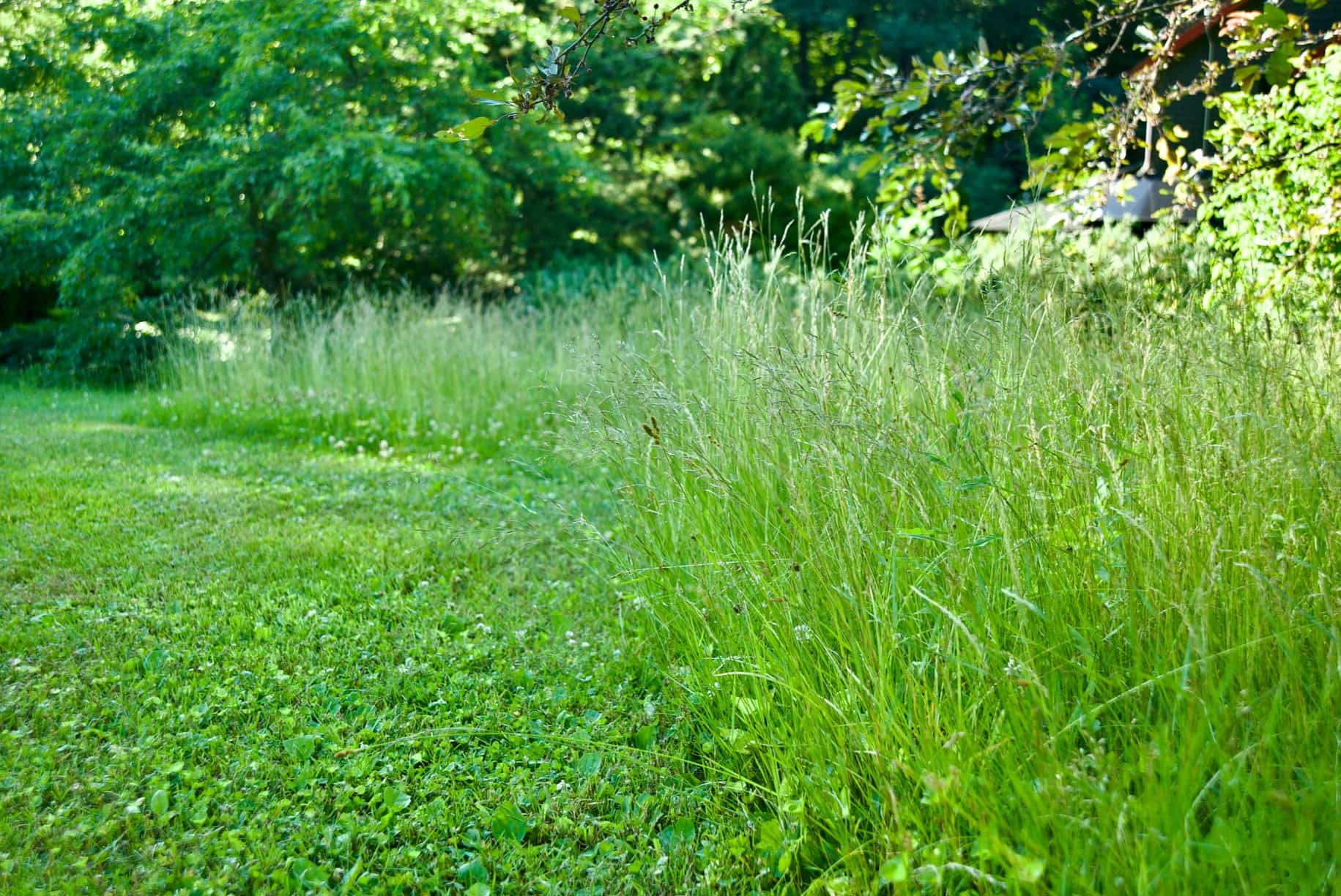
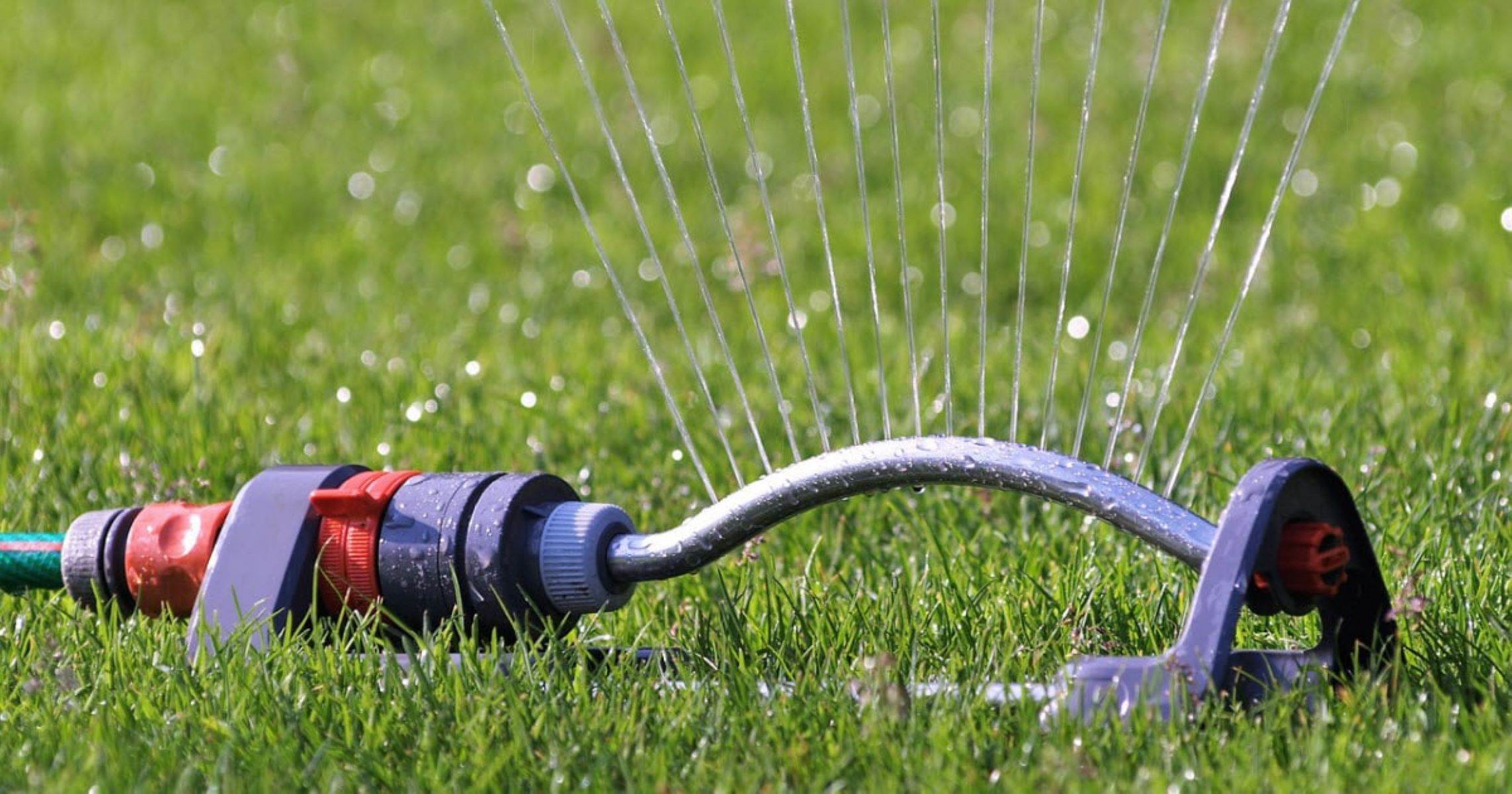
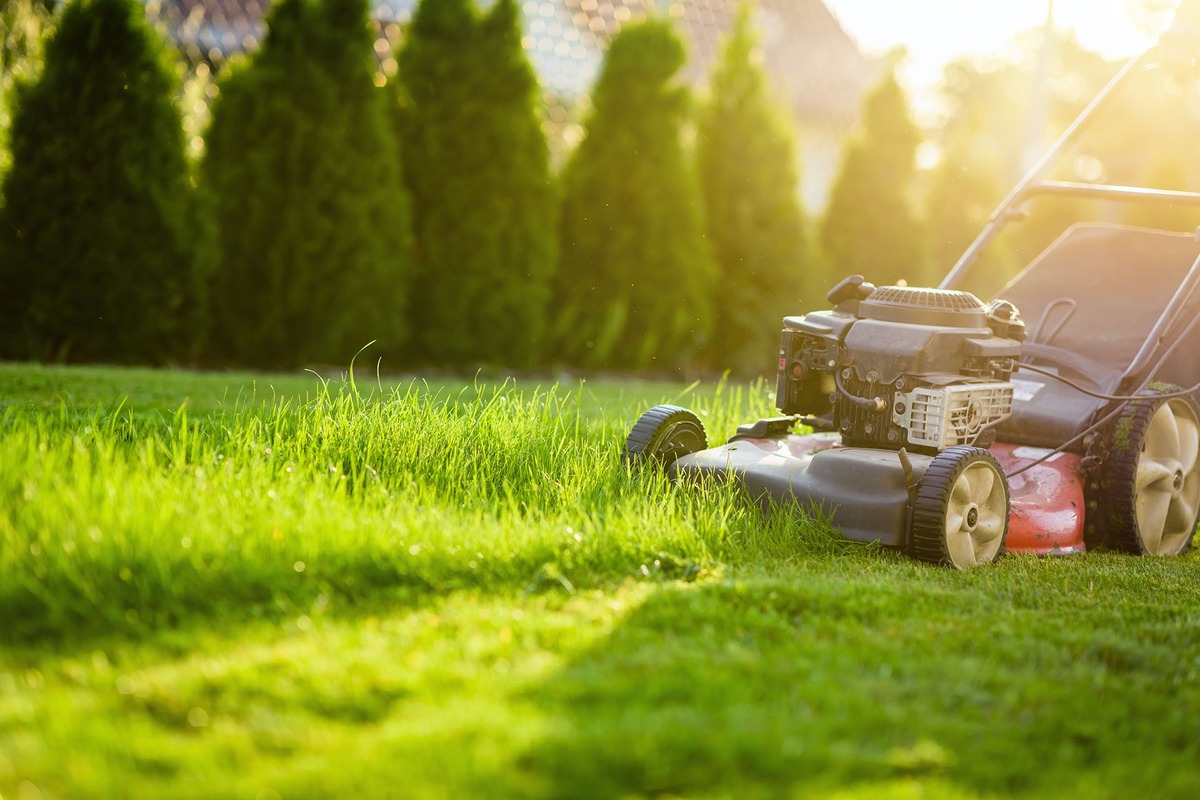
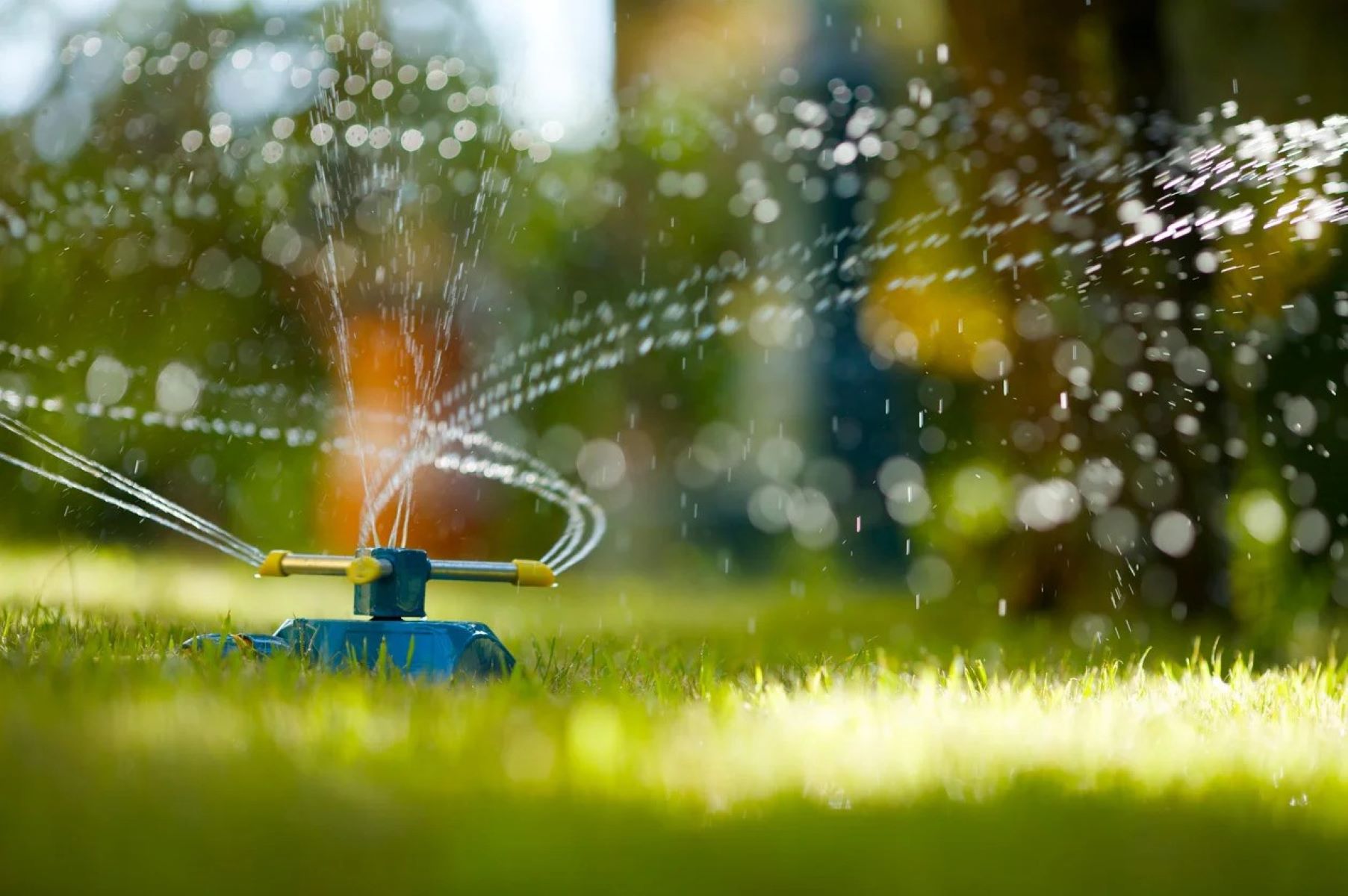

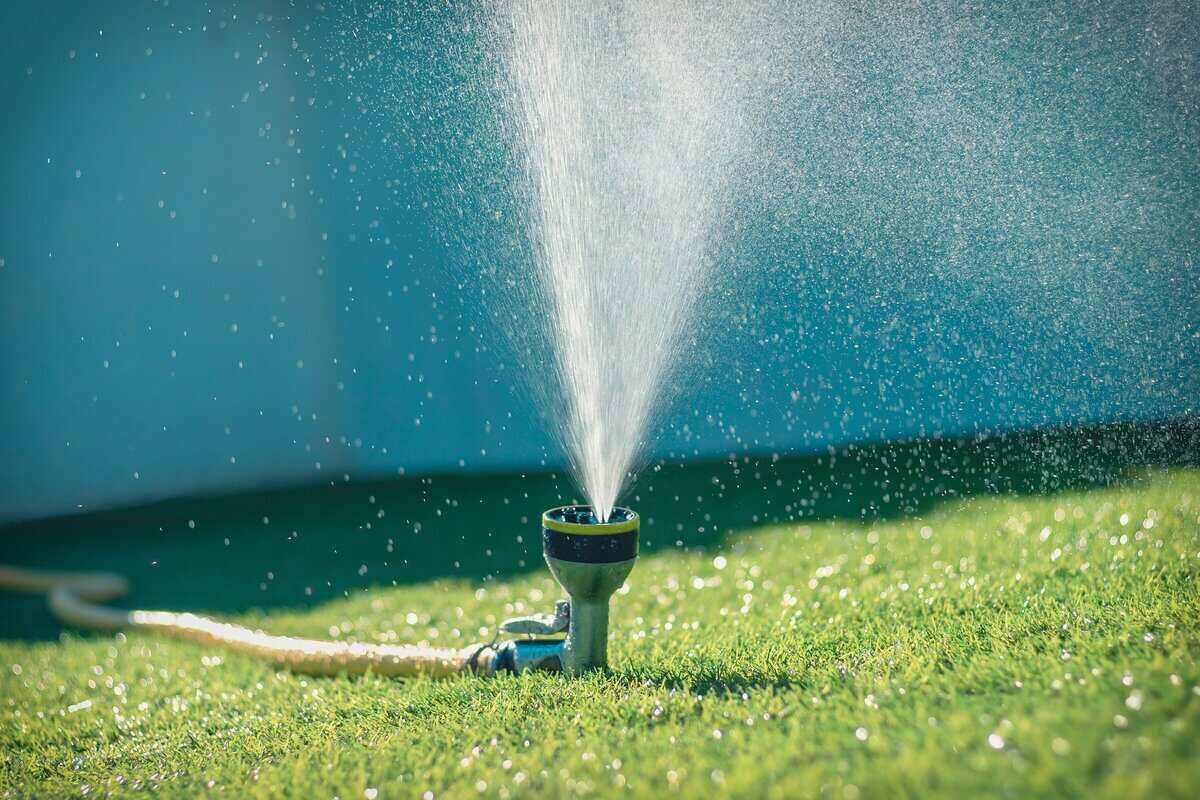
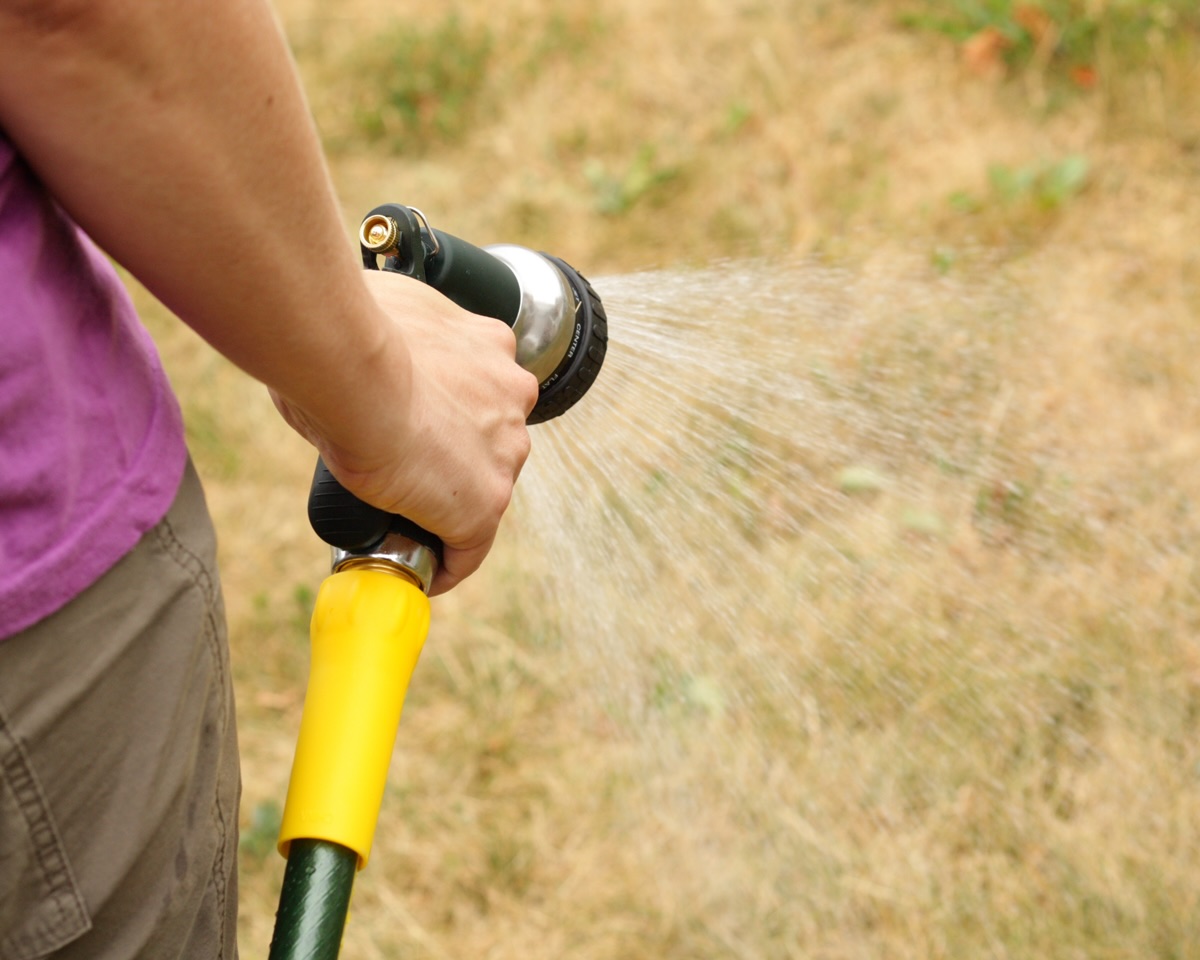

0 thoughts on “When To Water Your Grass”